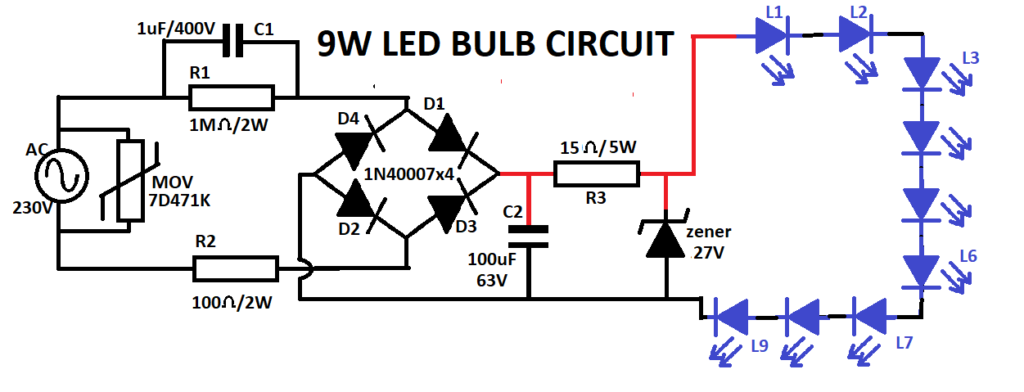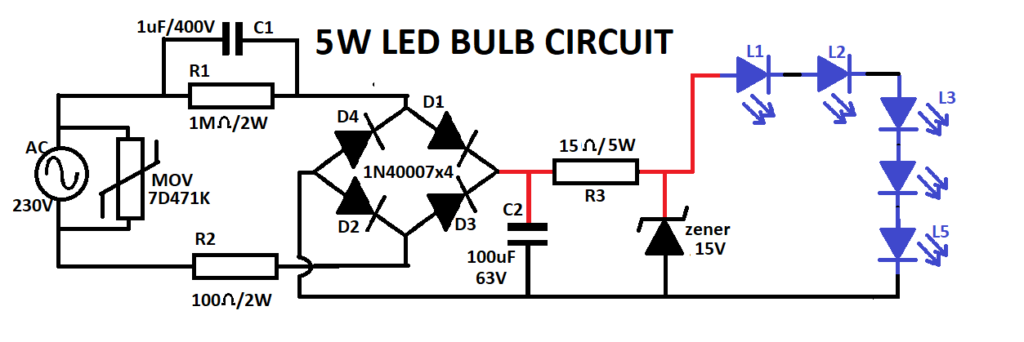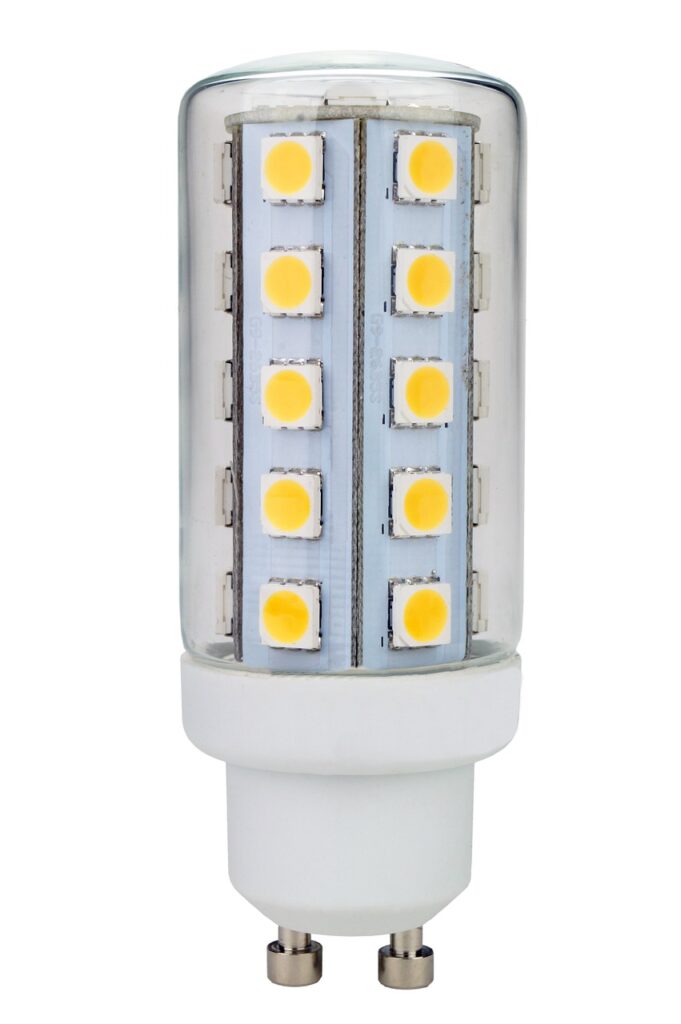Low voltage, low-cost LED bulbs are a great option for those looking to save energy and reduce their electricity bill. These bulbs are designed to operate at lower voltages, typically between 12V and 24V, which makes them ideal for use in solar-powered or battery-operated lighting systems.
One advantage of using low voltage LED bulbs is that they consume less energy than their high voltage counterparts. This makes them more energy-efficient and can lead to significant savings over time. Additionally, low voltage LED bulbs have a longer lifespan than traditional incandescent bulbs, which means they will need to be replaced less frequently.
When choosing a low voltage LED bulb, it’s important to consider the lumens output, which refers to the amount of light the bulb produces. Look for bulbs with a higher lumens output if you need brighter lighting. It’s also important to consider the color temperature, which can range from warm (yellowish) to cool (bluish) white. Choose the color temperature that best suits your needs and preferences.
In terms of cost, low voltage LED bulbs are generally more expensive than traditional incandescent bulbs, but their energy efficiency and longer lifespan can offset the initial cost. Additionally, many utility companies offer rebates or incentives for switching to energy-efficient lighting, which can help to further reduce the cost of purchasing and using low voltage LED bulbs.
9 watt LED bulb Circuit Diagram

This circuit consist of 4 main sections.
And resistance R1 & R2 form a voltage divider circuit to reduce 230V AC to a low value.
Here Diode D1, D2, D3, and D4 construct a rectifier circuit to convert AC voltage to DC for the LED string.
Capacitor C2 is used to make smooth DC. Zener Diode with resistor R3 is used to supply regulated DC voltage (27V) to output.
A series of nine 1Watt LED string is connected with the circuit to produce light power. Forward voltage drop of 3volt for each LED produce a total voltage drop of 27 Volt. Amd MOV is used to protect the circuit.


For better understanding about the terminals of the circuit components, above figure shows physical component along with their symbol.
5 watt circuit


